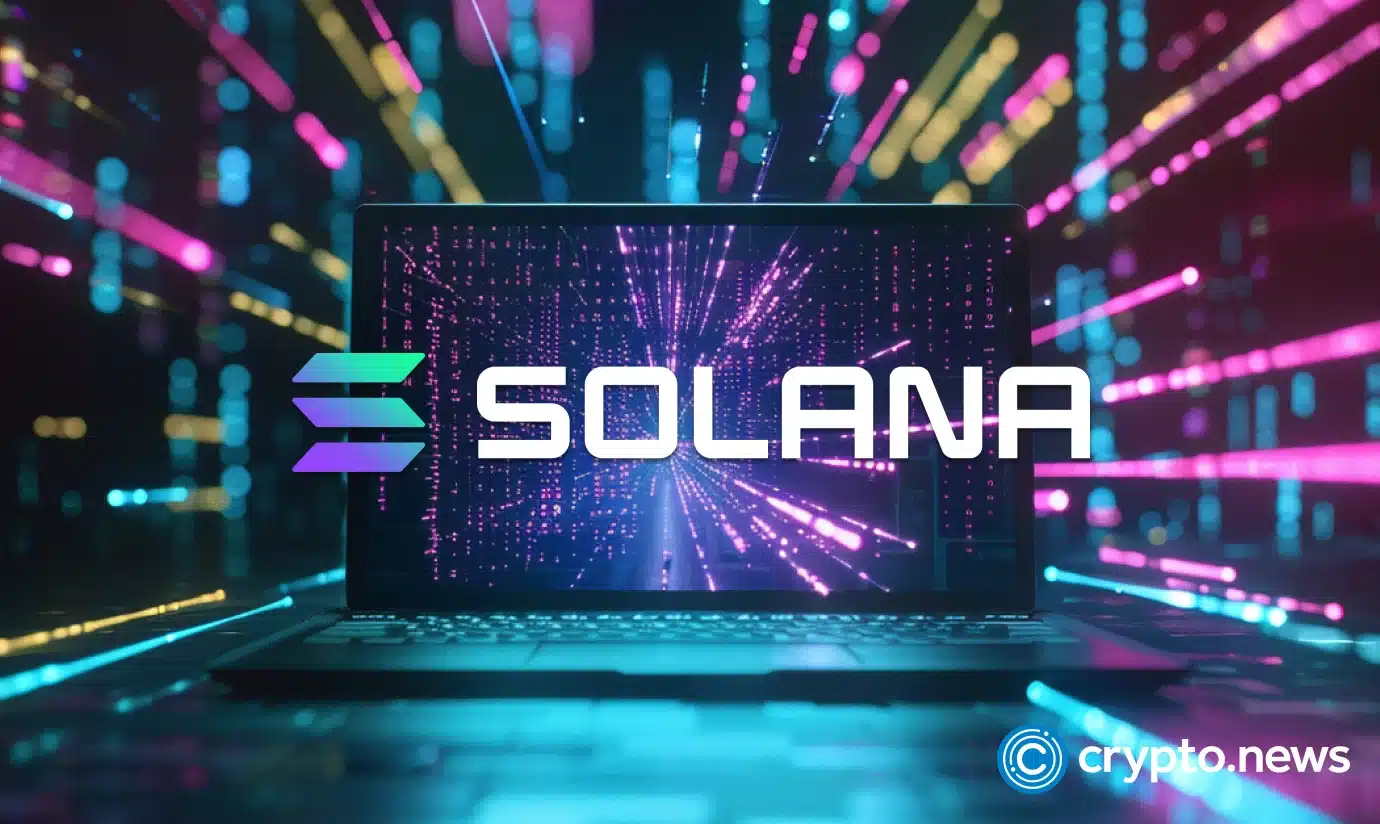The conversation around Ripple is heating up again but not for the reasons holders would hope. With regulatory battles dragging on and growth slowing, many traders are now shifting attention to alternatives like LTC and AVAX, and especially to newer contenders promising real upside.
That’s where Layer Brett comes in. A new crypto presale project raising over $4,250,000, offering early access at just $0.0058, and staking rewards at around 614% APY.
Why Ripple’s dominance is fading
Despite its strong brand and long history, XRP still hasn’t shaken off its biggest shadow — the SEC lawsuit. Even after partial legal victories, Ripple’s adoption growth has been sluggish. Its main use case, cross-border payments, remains limited in scope, while DeFi and retail traction lag behind.
XRP is trading near $0.50 with a market cap around $27 billion, meaning even a return to previous highs near $3 would only deliver a 5–6× upside. For many investors chasing transformative returns, that math just doesn’t cut it anymore.
Meanwhile, Layer Brett represents the kind of asymmetric opportunity Ripple once did, only now, it’s powered by Ethereum’s layer 2 blockchain tech instead of old-school settlement systems.
Why Layer Brett stands out
While Ripple focuses on banks, Layer Brett focuses on people. It merges meme energy with real blockchain utility, combining fast, low-cost transactions with staking rewards that actually pay out. Built on Ethereum Layer 2, it cuts fees down to pennies while keeping mainnet-level security.
Investors can buy and stake LBRETT instantly through MetaMask or Trust Wallet using ETH, USDT, or BNB. The process takes seconds and that’s the point. Layer Brett delivers what XRP promised years ago: speed, scale and accessibility.
Its tiny presale valuation of around $4.25 million creates room for real growth. When you compare that with Ripple’s multi-billion market cap, it’s clear where the upside lies.
How it compares to LTC and AVAX
LTC and AVAX are solid legacy names but both show the same limitations as XRP.
LTC, trading near $75, still plays the “digital silver” role, faster than Bitcoin but outdated for modern DeFi. Even optimistic price targets around $200 mean just a 2–3x return. LTC remains relevant but uninspired, with no clear LTC narrative in a layer 2 world.
AVAX, sitting near $25, is more advanced technically. It offers subnets, high throughput and smart-contract support, yet AVAX is competing in a crowded space and is already valued at $10 billion. AVAX price predictions suggesting a move to $150–200 sound nice on paper but that’s still just a 5–6x upside.
Layer Brett, on the other hand, starts from a much smaller base and carries viral momentum that LTC, AVAX, and XRP simply can’t match right now.
The case for massive outperformance
At a presale price of $0.0058, Layer Brett could see 50×–100× returns if it captures even a fraction of the traction Ripple once had. Analysts project potential post-launch targets between $0.50 and $1.00 based on comparable layer 2 crypto projects.
That’s not just hype; the math adds up. A small starting cap, heavy staking participation (driven by 614% APY), and a thriving meme-fueled community make for the kind of explosive setup early XRP holders once dreamed of.
Conclusion
In this cycle, Ripple may still make headlines but Layer Brett is making moves. XRP holders face limited upside, LTC looks dated, and AVAX trades like an over-priced veteran. By contrast, Layer Brett is new, fast and rewarding, the rare mix of meme token fun and real layer 2 utility.
The crypto presale won’t stay open forever for this memecoin. Smart investors know early entry is everything.
Website: https://layerbrett.com
Telegram: https://t.me/layerbrett
X: (1) Layer Brett (@LayerBrett) / X
Source: https://www.cryptopolitan.com/experts-pick-the-best-ripple-alternatives-to-outperform-xrp-by-10-20x-this-cycle/



